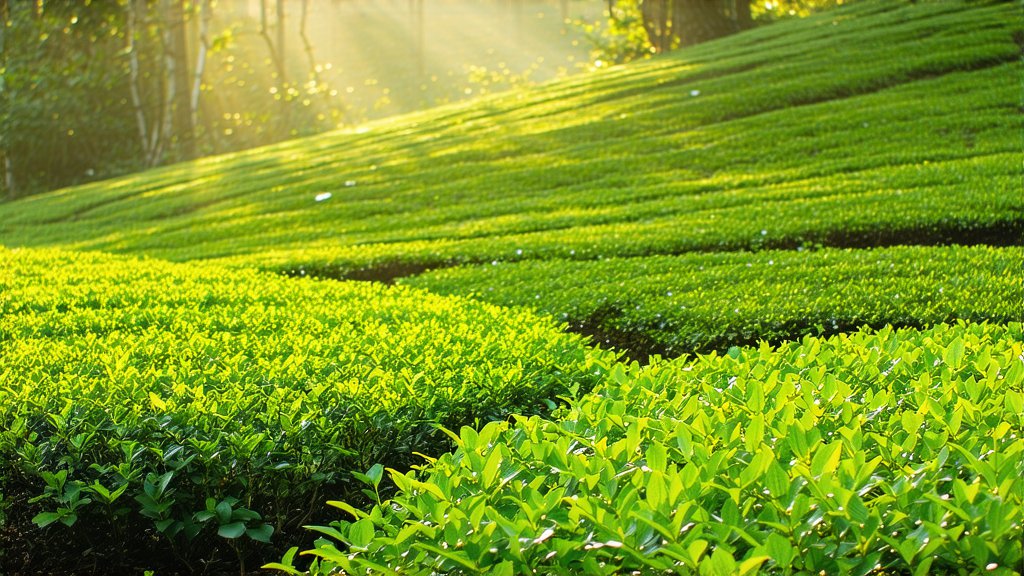
In the vast and diverse landscape of Chinese tea culture, one variety stands out like a golden beacon, embodying both elegance and rarity—Junshan Yinzhen Yellow Tea. This exquisite tea, hailing from the misty mountains of Junshan County in Hunan Province, has been cherished for centuries, not only for its unique flavor profile but also for its rich history and meticulous craftsmanship. As we embark on this journey to explore the depths of Junshan Yinzhen, let us delve into its historical roots, varieties, intricate processing methods, and the art of its appreciation.
A Glimpse into History
The story of Junshan Yinzhen is intertwined with the annals of Chinese tea history. Its origin can be traced back to the Tang Dynasty (618-907 AD), a period when tea became deeply embedded in Chinese society and culture. Junshan, with its ideal climate and fertile soil, quickly gained recognition as a prime location for cultivating high-quality tea. Over time, local tea masters developed a specialized method to produce a yellow tea that would distinguish itself from the more common green and black teas, setting the stage for what would become known as Junshan Yinzhen.
Varieties and Classification
Junshan Yinzhen falls under the broader category of Huangcha (yellow tea), which is relatively rare compared to its more popular counterparts. Within the realm of yellow teas, Junshan Yinzhen is often regarded as a premium choice due to its distinct characteristics imparted by the unique terroir of Junshan. There are two primary types of Junshan Yinzhen: Mi Lan Xiang (Honey Orchid Fragrance) and Wei Shan Xiang (Flavorful Mountain Fragrance). Both share the same fundamental processing steps but differ slightly in aroma and taste profiles, reflecting the subtle variations in their respective growing environments.
The Art of Processing
The magic of Junshan Yinzhen lies in its meticulous processing, a dance between nature and human skill that transforms fresh leaves into a treasured delicacy. The process begins with the careful selection of young tea shoots, typically consisting of one bud and two leaves, harvested during the early spring when they are most tender and rich in nutrients.
-
Fixation: Unlike green tea, where enzyme activity is immediately halted through high-heat fixation, Junshan Yinzhen undergoes a gentler process known as "sealed yellowing." Freshly picked leaves are spread thinly on bamboo mats or baskets and covered to control oxidation while allowing a slight fermentation to occur. This step imparts the characteristic yellow hue to the leaves and contributes to the tea's unique flavor.
-
Shaking: After sealed yellowing, the leaves are gently shaken to promote even air circulation and further control oxidation. This step is crucial in developing the tea's distinctive aroma and taste.
-
Second Fixation: The partially processed leaves are then subjected to a second round of fixation at a lower temperature than the initial one, ensuring that the natural flavors and nutrients are preserved.
-
Drying: Finally, the leaves are slowly dried under controlled conditions to remove excess moisture without compromising their integrity. This step completes the transformation, resulting in dry, yet supple tea leaves ready for brewing.
Savoring the Golden Elixir
To truly appreciate Junshan Yinzhen, one must engage all senses in the act of tea tasting. Here’s a guide to help you unlock the full potential of this golden elixir:
-
Observation: Begin by examining the dry leaves. Notice their uniform size and shape, reminiscent of delicate needles, and the subtle golden hue that hints at the tea's unique processing.
-
Aroma: Upon opening the container or breaking open a leaf, take a deep sniff to inhale the tea's fragrance. Depending on the variety, you might detect floral notes reminiscent of honey orchids, or earthy undertones akin to a mountain breeze.
-
Brewing: For optimal results, use water heated to around 80°C (175°F). Place approximately 3 grams of tea per 150ml of water into a preheated Gaiwan or teapot. Steep for about 1-2 minutes for the first infusion, allowing subsequent steepings to increase gradually by 30 seconds each time.
-
Tasting: As you sip, pay attention to the tea's smooth texture and balanced flavor profile. Junshan Yinzhen typically offers a harmonious blend of sweetness, slight astringency, and a lingering aftertaste that leaves a refreshing feeling on the palate. The tea's color should be a pale yellow-green, indicating proper processing and storage.
-
Appreciation: Beyond the physical sensations, take a moment to appreciate the cultural significance and centuries-old tradition encapsulated within each cup. Reflect on the artisans' dedication and the natural beauty of Junshan's landscape that nurtures this exceptional tea.
In conclusion, Junshan Yinzhen Yellow Tea is more than just a beverage; it's a testament to China's rich tea heritage and a celebration of nature's bounty. Its history, varieties, meticulous processing, and nuanced tasting experience make it a true gem among tea enthusiasts worldwide. As you savor each sip, may you find not only pleasure but also a deeper connection to the ancient wisdom and artistry that have shaped this remarkable tea over millennia.